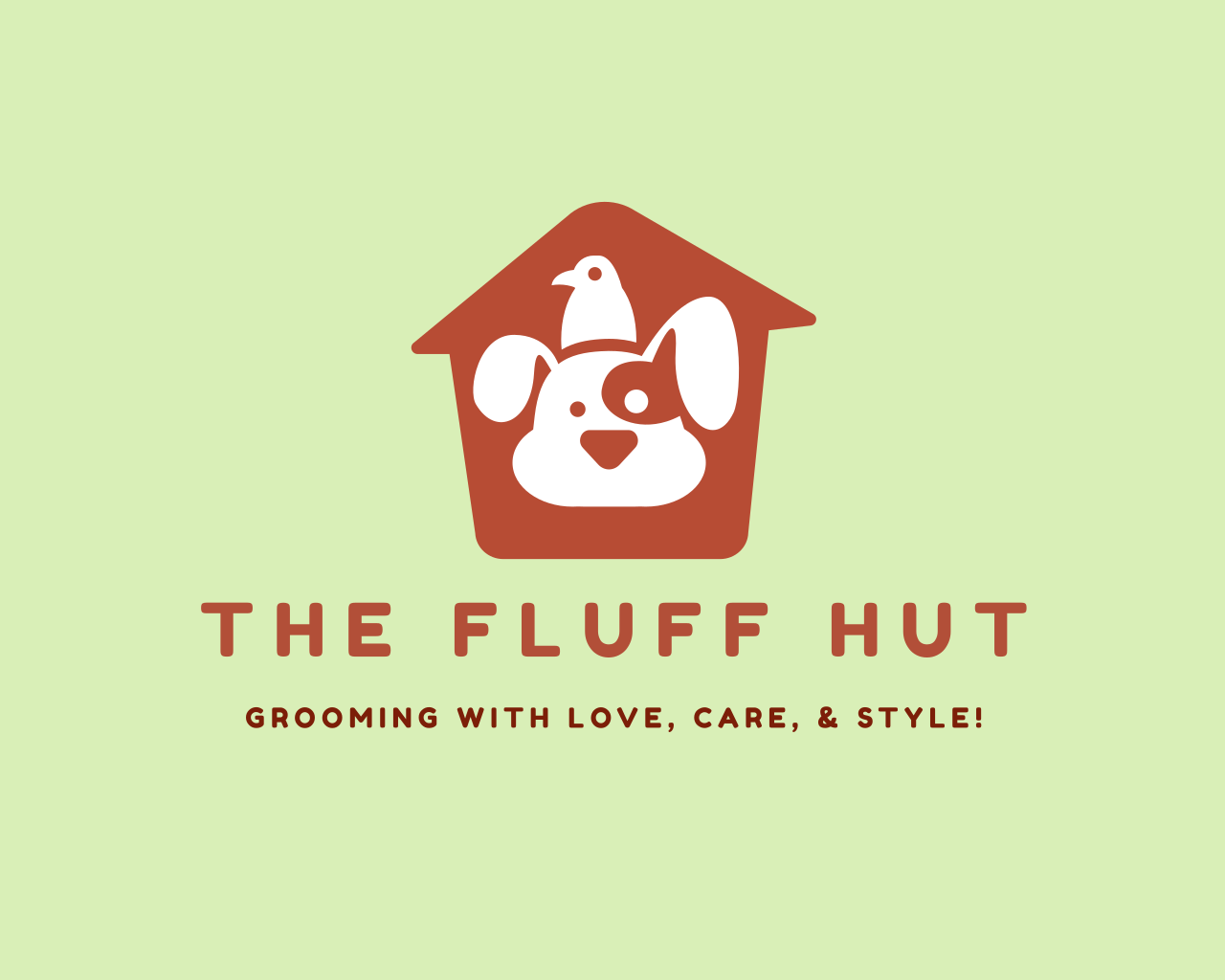Nail Clipping vs. Nail Grinding: Which is Best for Your Dog?
- thefluffhut

- Apr 15, 2024
- 3 min read
Updated: Dec 26, 2024

Regular nail maintenance is an essential part of your dog's grooming routine. Overgrown nails can cause discomfort, pain, and even lead to more serious health issues. When it comes to trimming your dog's nails, two common methods are nail clipping and nail grinding. In this blog post, we will explore the pros and cons of each method to help you determine which approach is best suited for your furry friend.
What is nail clipping?
Nail clipping involves using a specialized nail clipper to trim the tips of your dog's nails. Here are some key points to consider about nail clipping.
1. Precision: Nail clipping allows for more precise control over the length of the nails. It is especially useful for dogs with clear or light-colored nails, as it is easier to identify the quick (the sensitive area inside the nail).
2. Quick and Efficient: Nail clipping is generally a quicker process compared to nail grinding, as it involves a straightforward cutting motion. It is ideal for dogs who are comfortable with having their paws handled and are not fearful of clippers.
3. Potential for Splitting or Cracking: If not done correctly, nail clipping can lead to splitting or cracking of the nails, which can be painful for your dog. It is important to use sharp, high-quality clippers and be cautious not to cut too close to the quick.
What is nail grinding?
Nail grinding involves using a rotary tool with a sandpaper-like attachment to gradually file down the nails. Here are some key points to consider about nail grinding:
1. Smooth and Rounded Nails: Nail grinding allows for a smoother and more rounded edge compared to nail clipping. This can be beneficial for dogs who are prone to scratching furniture or people, as the filed nails are less sharp.
2. Gradual and Controlled: Nail grinding is a gradual process that allows you to control the amount of nail being removed. It can be particularly useful for dogs with dark or black nails, as it is harder to visualize the quick.
3. Noise and Vibration: Some dogs may be sensitive to the noise and vibration produced by the nail grinder. It is important to introduce the tool gradually and associate it with positive experiences, such as treats and praise, to help your dog become comfortable with it.
What's the best method for me?
When deciding between nail clipping and nail grinding, consider the following factors:
1. Dog's Comfort: Some dogs may have a preference for one method over the other. Observe your dog's reactions and body language during nail trimming sessions to determine which method they are more comfortable with.
2. Nail Condition: The condition of your dog's nails can also influence your choice. If the nails are long and require significant trimming, nail clipping may be more efficient. If the nails are already at an appropriate length, nail grinding can help maintain a smooth edge.
3. Personal Preference: Your comfort and confidence in performing the task should also be taken into account. If you are more experienced or feel more comfortable with one method, it may be the better choice for you and your dog.
Both nail clipping and nail grinding are effective methods for maintaining your dog's nail health. The decision between the two ultimately depends on your dog's comfort, the condition of their nails, and your personal preference. Remember to introduce either method gradually and reward your dog for their cooperation. If you are unsure or uncomfortable with performing nail maintenance yourself, consult a professional groomer or veterinarian who can assist you in keeping your dog's nails in optimal condition.
Keep your dog's nails trim and healthy, and enjoy the happy and comfortable walks together!




Comments